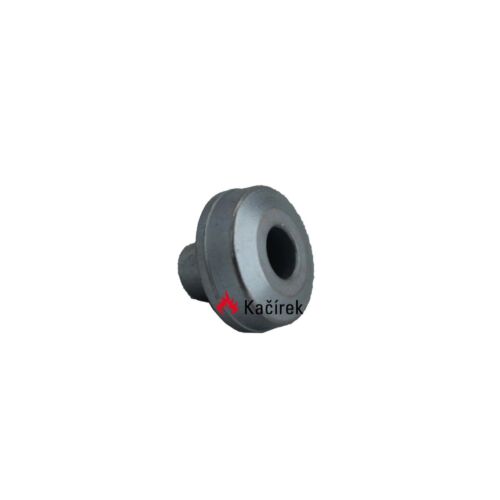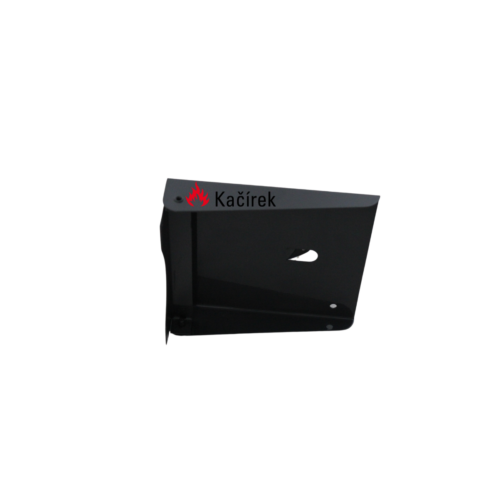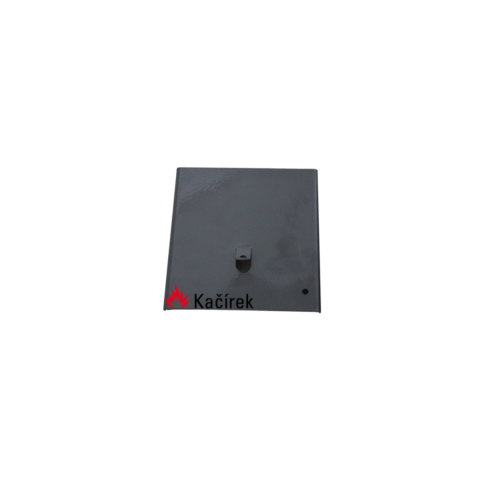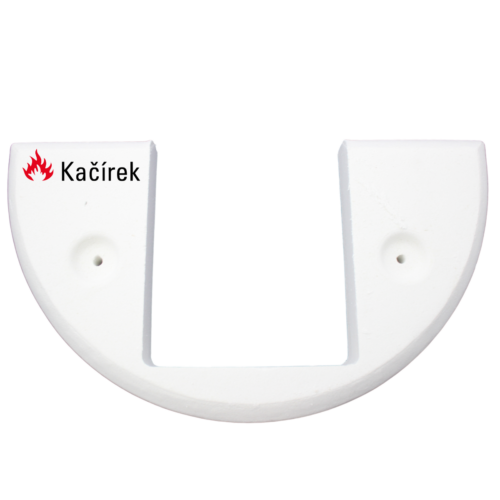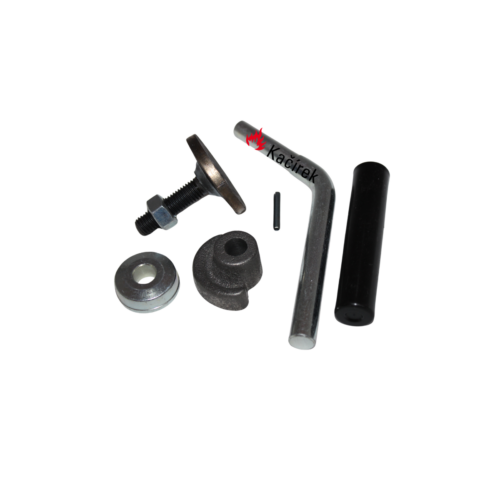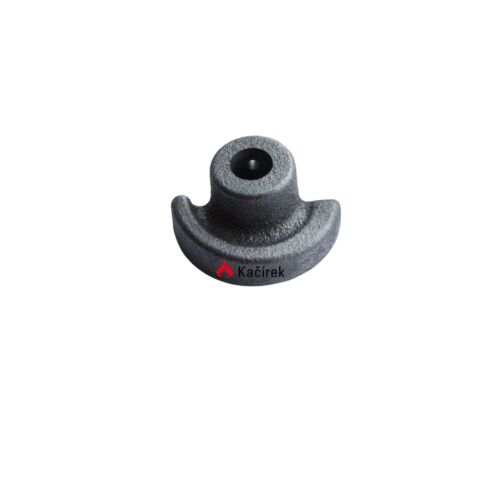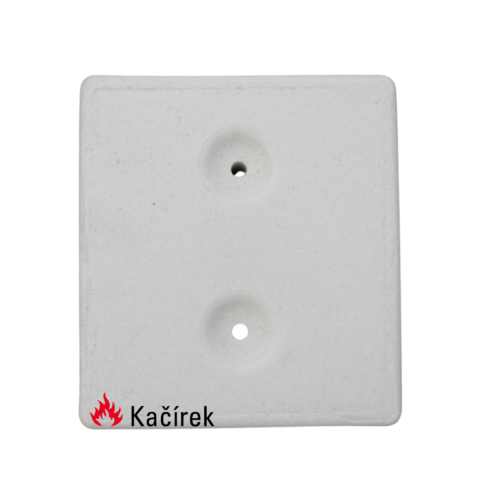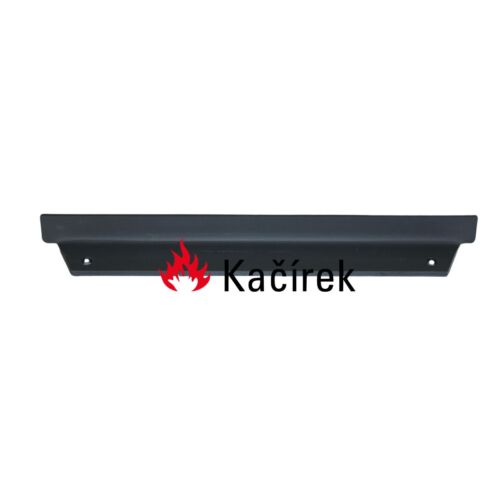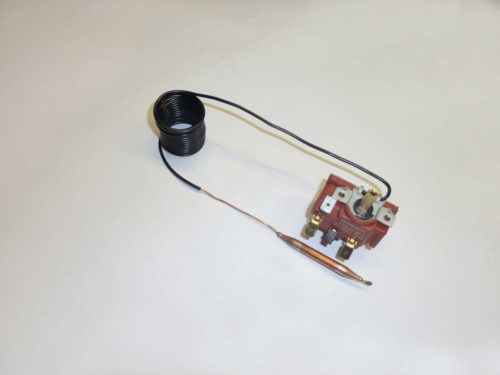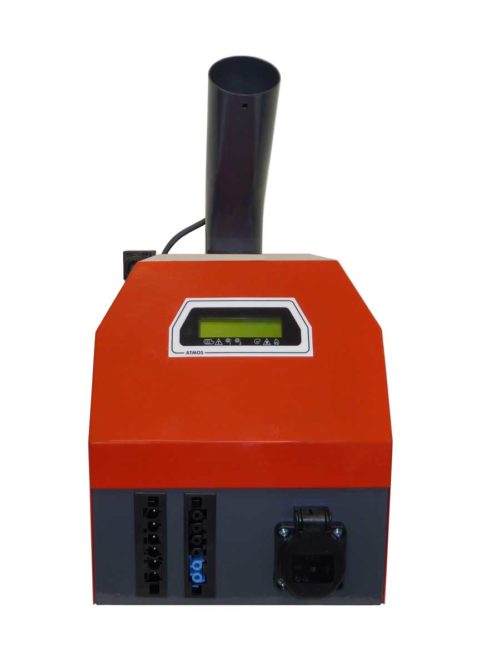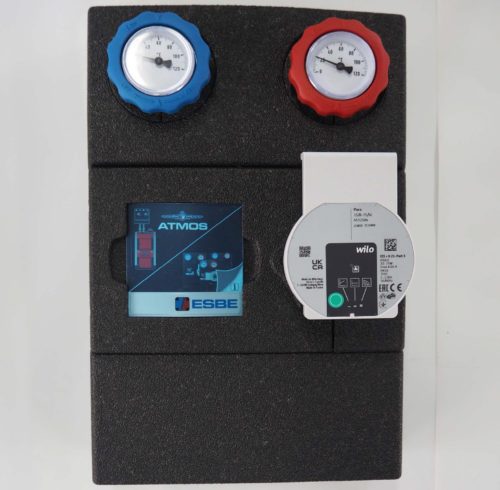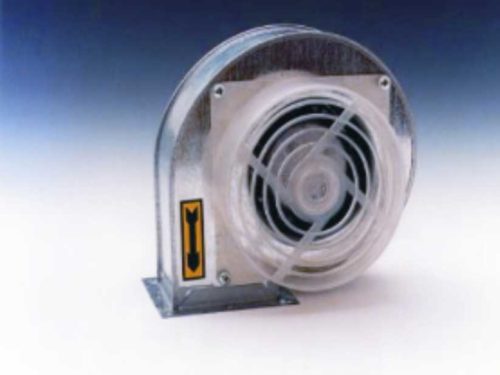ATMOS exhaust fan complete motor with impeller Ø 150 mm, plate.
The package also includes a gasket and an exhaust condenser.
In all Atmos boilers, the fan is one of the most important components, ensuring good function and combustion efficiency.
In cases where the fan is not working, smoke and flue gases can penetrate into the boiler room. Fortunately, diagnosing the problem is quick and easy. Although your system can be far more complicated, for example by installing electronic controls, there are only a few common fan problems.
Possible problems with the exhaust fan:
1.Equipped with emergency thermostat
Almost all Atmos boilers have an emergency thermostat installed on their dashboard.
The thermostat will activate when the boiler reaches 110 °C or more and interrupts the power supply to the fan.
Beware, the main boiler disconnect switch will not be affected, the main switch is still lit even after the emergency thermostat has been fitted.
The thermostat is hidden under a black plastic hexagonal cap, which can be unscrewed easily with the bare hand. Underneath the black plastic cap is a coloured knob, which must be pressed with a tool until you hear a soft click comparable to the click of a pencil, for example. The squeeze must be made with the tool, not with the finger - this cannot be achieved with the finger.
The emergency thermostat can only be successfully closed after the boiler has cooled down to at least 60 °C.
The most common replacement safety thermostat can be found
HERE.
2. Non-functioning start-up fan
After years of operation, the fan motor start-up capacitor may dry out or otherwise fail. This fault is easily detected by
the fan itself making a small hum and managing to spin it with a light pulse. Replacing the capacitor is a very easy and inexpensive matter!
The most common replacement start-up capacitor can be found
HERE.
3. Non-functioning flue thermostat
The combustion thermostat is most often located on the right side of the boiler dashboard. Its purpose is just to start the fan.
When the boiler is completely cool, the flue gas thermostat should lightly click around its "stop" position. If it doesn't click, it's time to replace it with a new one!
The most common replacement flue gas thermostat can be found
HERE.
4. Fan motor not working
The electric fan motor can also fail completely. If you believe that the fan motor is receiving electrical current and yet it is not turning, a fault in the fan motor winding is probably to blame and will need to be replaced.
The most common replacement fan motor can be found
HERE.
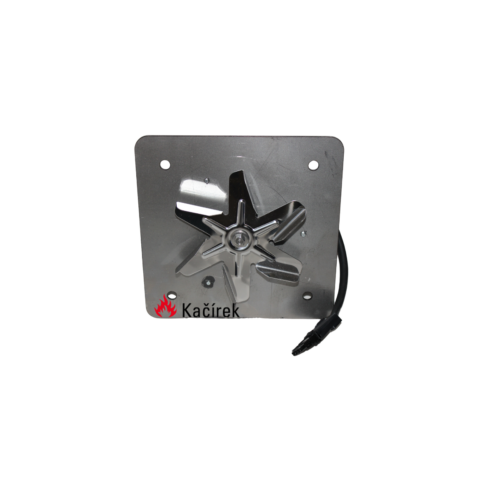
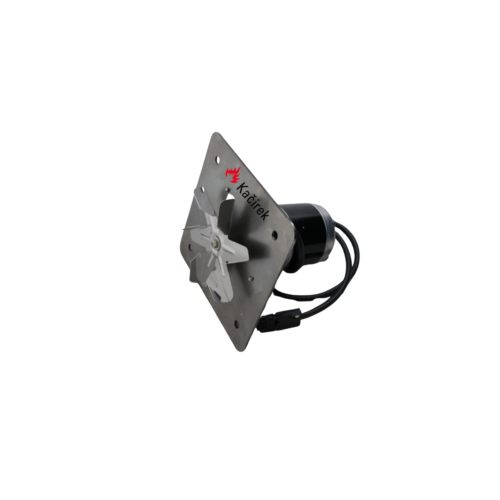 ATMOS exhaust fan complete motor with impeller Ø 150 mm, plate. The package also includes a gasket and an exhaust condenser. In all Atmos boilers, the fan is one of the most important components, ensuring good function and combustion efficiency. In cases where the fan is not working, smoke and flue gases can penetrate into the boiler room. Fortunately, diagnosing the problem is quick and easy. Although your system can be far more complicated, for example by installing electronic controls, there are only a few common fan problems. Possible problems with the exhaust fan: 1.Equipped with emergency thermostat Almost all Atmos boilers have an emergency thermostat installed on their dashboard. The thermostat will activate when the boiler reaches 110 °C or more and interrupts the power supply to the fan. Beware, the main boiler disconnect switch will not be affected, the main switch is still lit even after the emergency thermostat has been fitted. The thermostat is hidden under a black plastic hexagonal cap, which can be unscrewed easily with the bare hand. Underneath the black plastic cap is a coloured knob, which must be pressed with a tool until you hear a soft click comparable to the click of a pencil, for example. The squeeze must be made with the tool, not with the finger - this cannot be achieved with the finger. The emergency thermostat can only be successfully closed after the boiler has cooled down to at least 60 °C. The most common replacement safety thermostat can be found HERE. 2. Non-functioning start-up fan After years of operation, the fan motor start-up capacitor may dry out or otherwise fail. This fault is easily detected by the fan itself making a small hum and managing to spin it with a light pulse. Replacing the capacitor is a very easy and inexpensive matter! The most common replacement start-up capacitor can be found HERE. 3. Non-functioning flue thermostat The combustion thermostat is most often located on the right side of the boiler dashboard. Its purpose is just to start the fan. When the boiler is completely cool, the flue gas thermostat should lightly click around its "stop" position. If it doesn't click, it's time to replace it with a new one! The most common replacement flue gas thermostat can be found HERE. 4. Fan motor not working The electric fan motor can also fail completely. If you believe that the fan motor is receiving electrical current and yet it is not turning, a fault in the fan motor winding is probably to blame and will need to be replaced.The most common replacement fan motor can be found HERE.It is possible that your system is set up differently, for example with an electronic controller that controls the fan running with slightly different logic. If this is the case, contact the company that sold and installed your system. Leave any interference with the wiring to the professionals.
ATMOS exhaust fan complete motor with impeller Ø 150 mm, plate. The package also includes a gasket and an exhaust condenser. In all Atmos boilers, the fan is one of the most important components, ensuring good function and combustion efficiency. In cases where the fan is not working, smoke and flue gases can penetrate into the boiler room. Fortunately, diagnosing the problem is quick and easy. Although your system can be far more complicated, for example by installing electronic controls, there are only a few common fan problems. Possible problems with the exhaust fan: 1.Equipped with emergency thermostat Almost all Atmos boilers have an emergency thermostat installed on their dashboard. The thermostat will activate when the boiler reaches 110 °C or more and interrupts the power supply to the fan. Beware, the main boiler disconnect switch will not be affected, the main switch is still lit even after the emergency thermostat has been fitted. The thermostat is hidden under a black plastic hexagonal cap, which can be unscrewed easily with the bare hand. Underneath the black plastic cap is a coloured knob, which must be pressed with a tool until you hear a soft click comparable to the click of a pencil, for example. The squeeze must be made with the tool, not with the finger - this cannot be achieved with the finger. The emergency thermostat can only be successfully closed after the boiler has cooled down to at least 60 °C. The most common replacement safety thermostat can be found HERE. 2. Non-functioning start-up fan After years of operation, the fan motor start-up capacitor may dry out or otherwise fail. This fault is easily detected by the fan itself making a small hum and managing to spin it with a light pulse. Replacing the capacitor is a very easy and inexpensive matter! The most common replacement start-up capacitor can be found HERE. 3. Non-functioning flue thermostat The combustion thermostat is most often located on the right side of the boiler dashboard. Its purpose is just to start the fan. When the boiler is completely cool, the flue gas thermostat should lightly click around its "stop" position. If it doesn't click, it's time to replace it with a new one! The most common replacement flue gas thermostat can be found HERE. 4. Fan motor not working The electric fan motor can also fail completely. If you believe that the fan motor is receiving electrical current and yet it is not turning, a fault in the fan motor winding is probably to blame and will need to be replaced.The most common replacement fan motor can be found HERE.It is possible that your system is set up differently, for example with an electronic controller that controls the fan running with slightly different logic. If this is the case, contact the company that sold and installed your system. Leave any interference with the wiring to the professionals.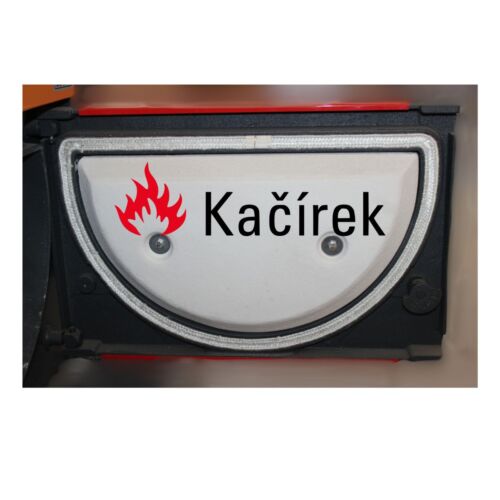
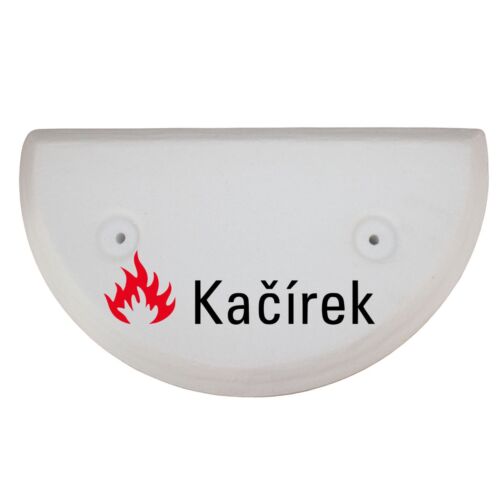 S0261 sibral 42 with screws and washers - 2x M6x45 screws (S0728) + 2x washers (S0782) are supplied as accessories. It is used for insulation of upper doors in all types of boilers and the bottom door on boilers without a ball space PrFor the insulation of the bottom door of boilers with a spherical compartment is designed sibral S0251.
S0261 sibral 42 with screws and washers - 2x M6x45 screws (S0728) + 2x washers (S0782) are supplied as accessories. It is used for insulation of upper doors in all types of boilers and the bottom door on boilers without a ball space PrFor the insulation of the bottom door of boilers with a spherical compartment is designed sibral S0251.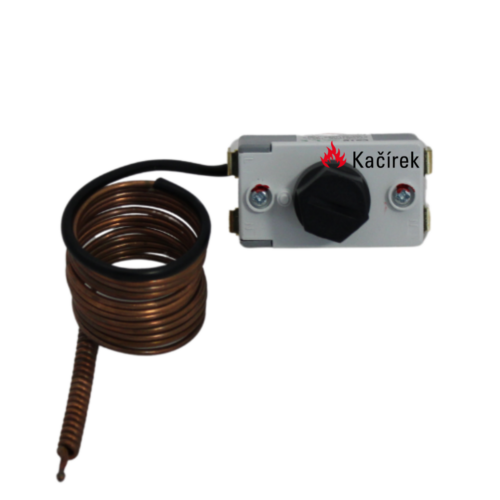 90 - 110°C - dual-circuit
90 - 110°C - dual-circuit




